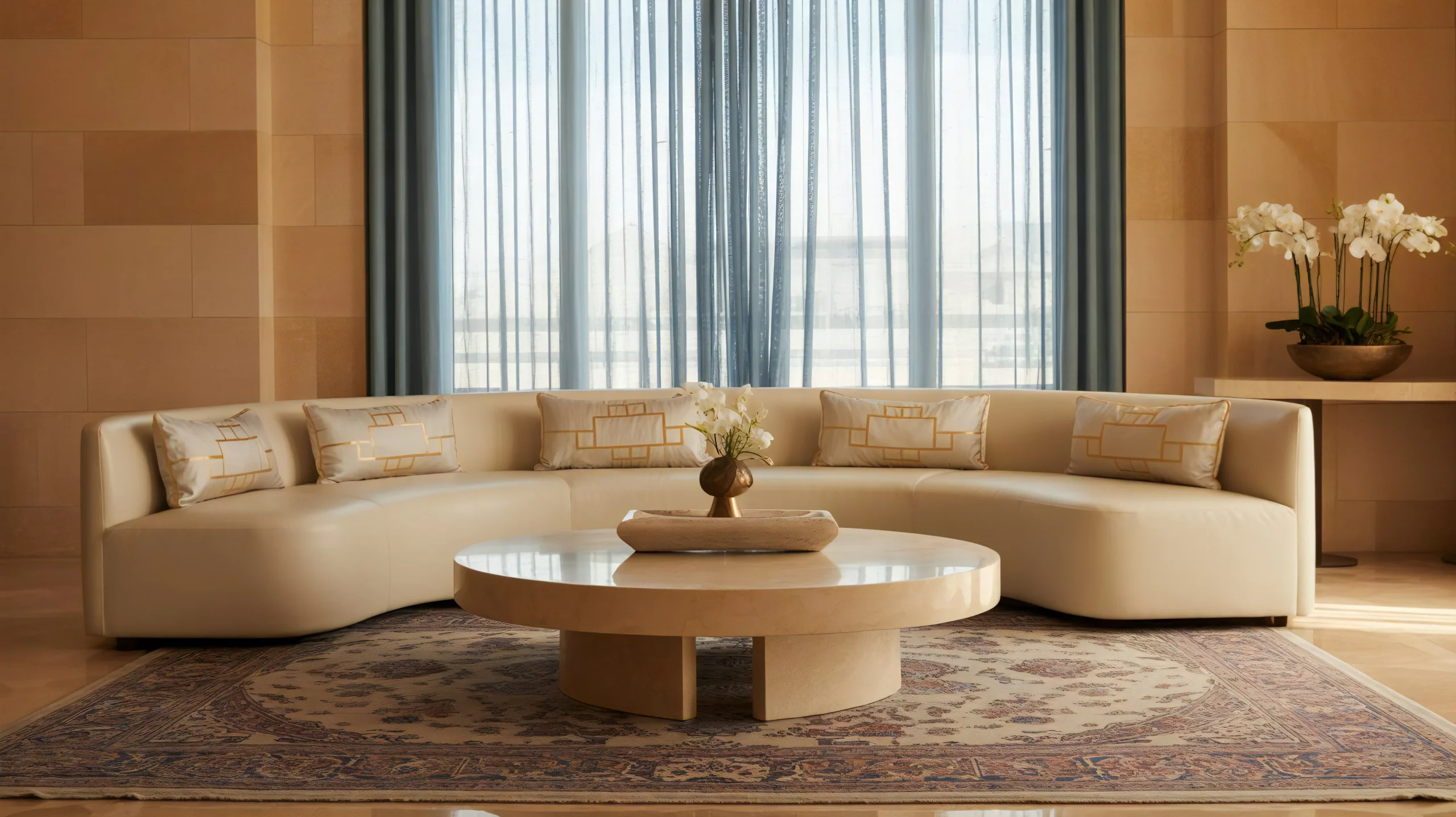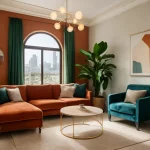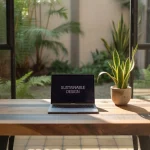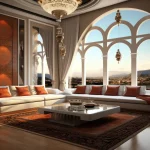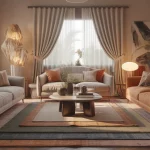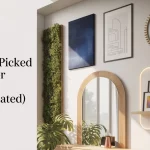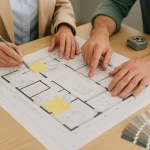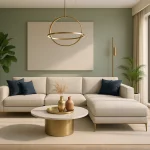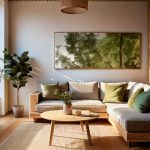In Dubai, tradition meets modernity, and the colors of your home are not only decorative but also have a story to tell; they create an emotion and reflect the deep-rooted cultural values. Whether the golden hues that give off a desert vibe or the cool blues of the Arabian Gulf, color choice is crucial in creating not just spaces but experiences.
This blog discusses the color psychology of Dubai homes, which is affected by local traditions and changing patterns, and how the UAE cultural color schemes affect the interior design. Whether you are renovating a villa in Jumeirah or designing an apartment in Downtown Dubai, understanding Dubai color theory interior offers powerful tools to create spaces that are culturally and environmentally intelligent.
The Science of Color Psychology in Interior Design
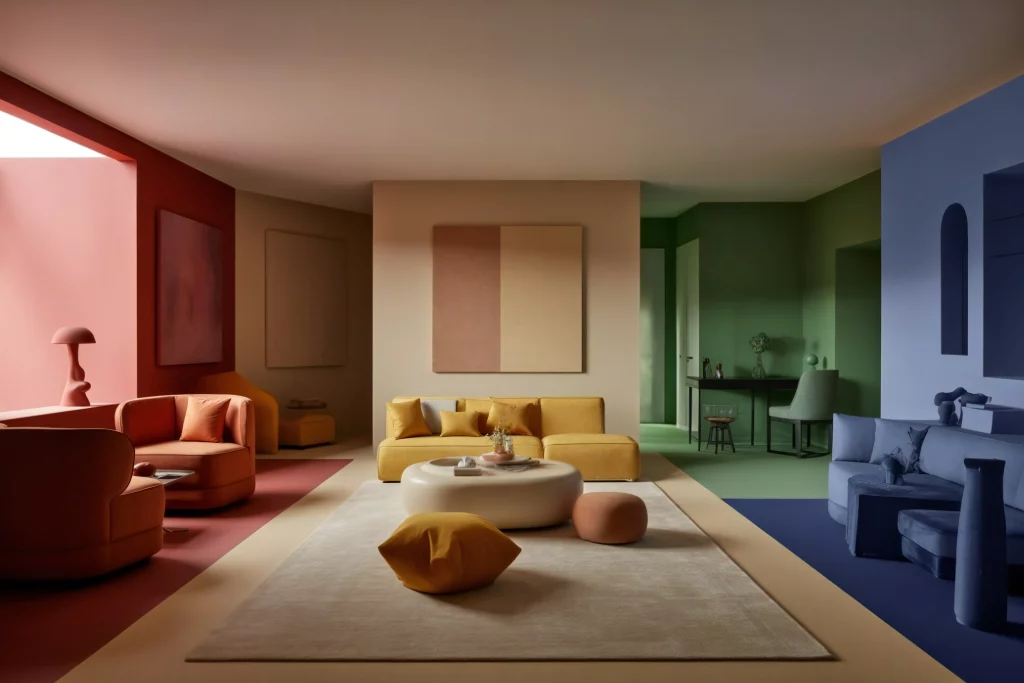
Color psychology is a field that examines the effects of colors on human beings, their behaviors, emotions, and even physiological responses. When used in interior design, this knowledge can turn living spaces into well-being, creativity, rest, or productivity-supporting environments, depending on the purpose of each room.
Key Emotional Associations:
- Warm Tones (Red, Orange, Gold): They are associated with celebration, hospitality, and life. They are particularly effective in social places, such as living rooms or dining rooms.
- Cool Tones (Blue, Green): These are best suited in bedrooms, bathrooms, or study rooms due to their soothing and healing properties.
- Neutrals (Beige, Cream, White, Taupe): These give the feeling of space, balance, and restrained luxury, and are the foundation of most modern interiors in Dubai.
In the color psychology of Dubai homes, these emotional triggers must harmonize with environmental factors like intense natural light, open floor plans, and multifunctional living areas. Strategic color choices are essential to balancing ambiance with functionality.
UAE Cultural Influences on Color Choices
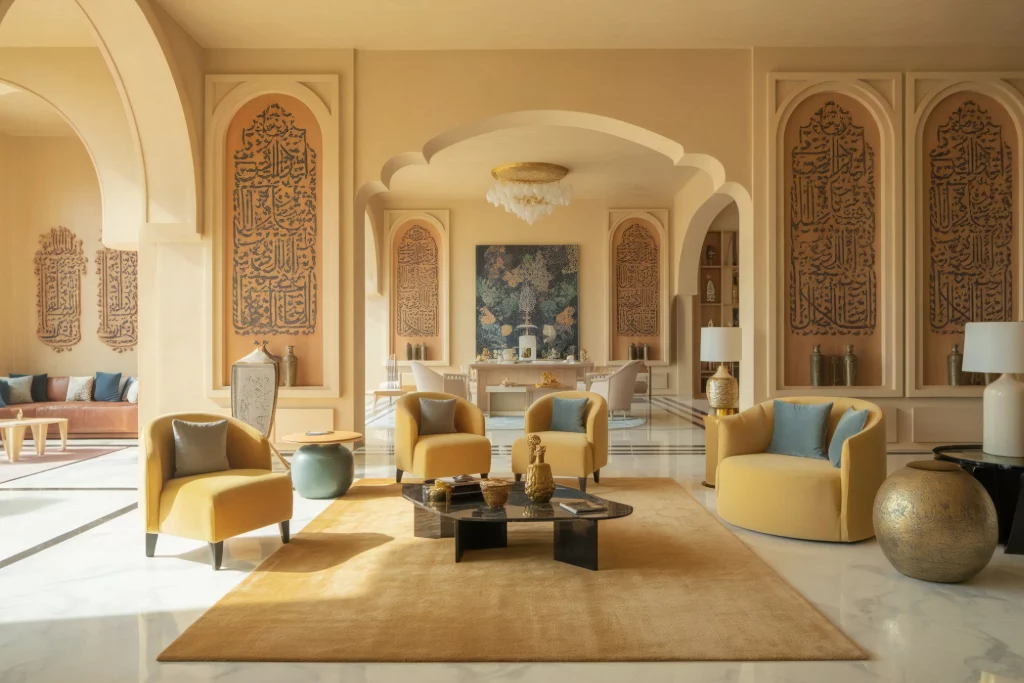
UAE color is very much associated with symbolism, tradition, and local identity. When we consider the Emirati culture interior colors, the shade has not only a visual impression but also a cultural story that has been transferred throughout the generations.
Traditional Color Symbolism:
- Gold and Sand Tones: These are based on the desert and the Bedouin tradition, and they represent prosperity, hospitality, and warmth.
- Blue and Green: The colors are often linked to the sea and the Islamic culture and bring a spiritual and peaceful touch to interiors.
- White and Pearl Tones: The colors symbolize purity, stillness, and maritime history and are common in simple and heritage-inspired designs.
In Dubai, designers usually combine such traditional connotations with new applications. As an example, a contemporary majlis could have smooth cream sofas with a gold trim, which is a mixture of the traditional Emirati hospitality and the modern minimalism.
How This Affects Today’s Design:
Instead of using colors randomly, designers use the UAE cultural color schemes to maintain authenticity. This makes sure that even the most luxurious or futuristic houses still have an echo of their cultural background, which is very appreciated by both Emirati owners and the residents of the UAE who adopt the UAE lifestyle.
Popular Color Schemes in Dubai Homes (2025 Trends)
By 2025, the color scheme in Dubai includes a mixture of earthy coziness, water tranquility, and striking elegance. The unusual combination of tones is possible due to the unique location of the city between the desert and the sea.
Desert Elegance
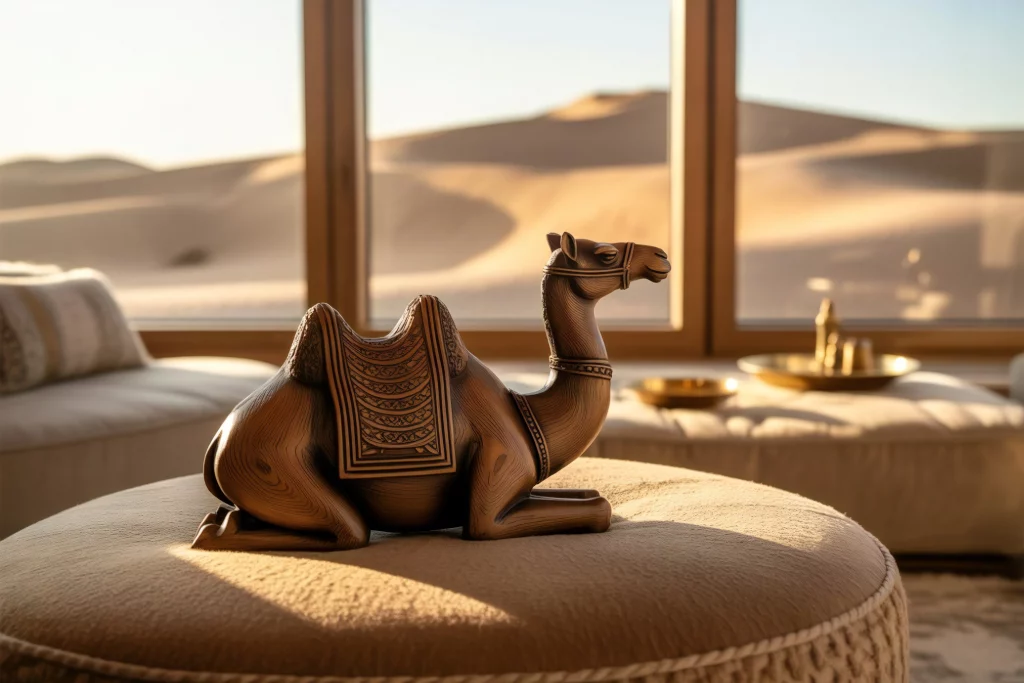
This palette was inspired by the enormous scenery of the UAE, and it consists of sandstone, ochre, warm beige, and camel brown. These tones express roots and heritage, and help to maintain a comfortable, down-to-earth atmosphere.
Coastal Serenity
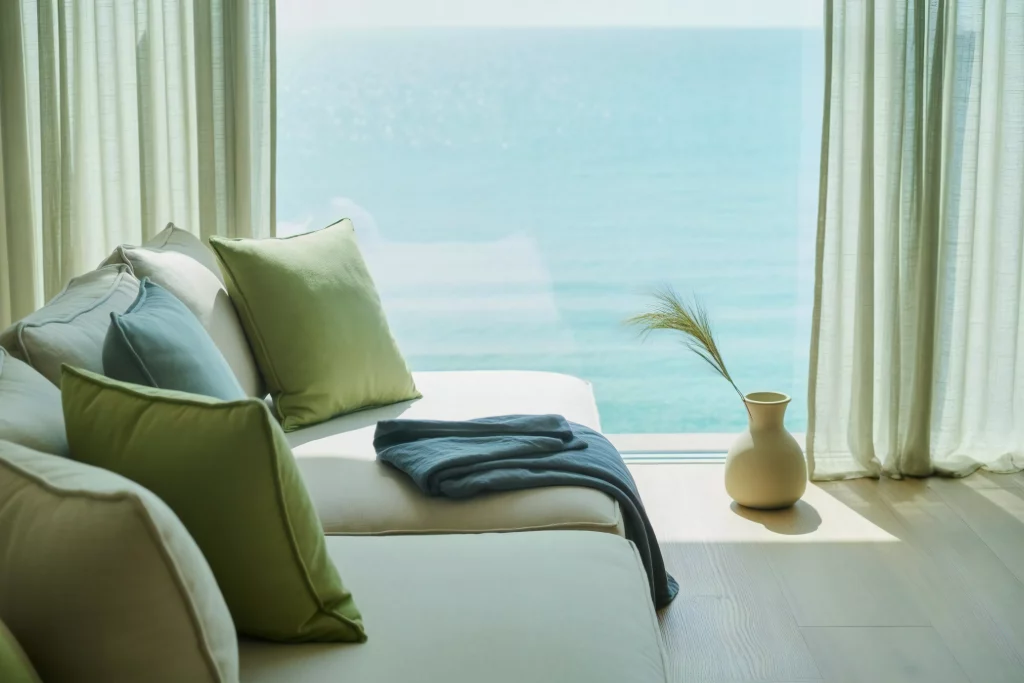
This scheme is based on the pearl whites, seafoam green, aqua, and soft navy that are drawn from the Arabian Gulf. It brings cool calmness to the city landscapes, which is ideal for high-rise apartments in search of a natural contrast.
Opulent Accents
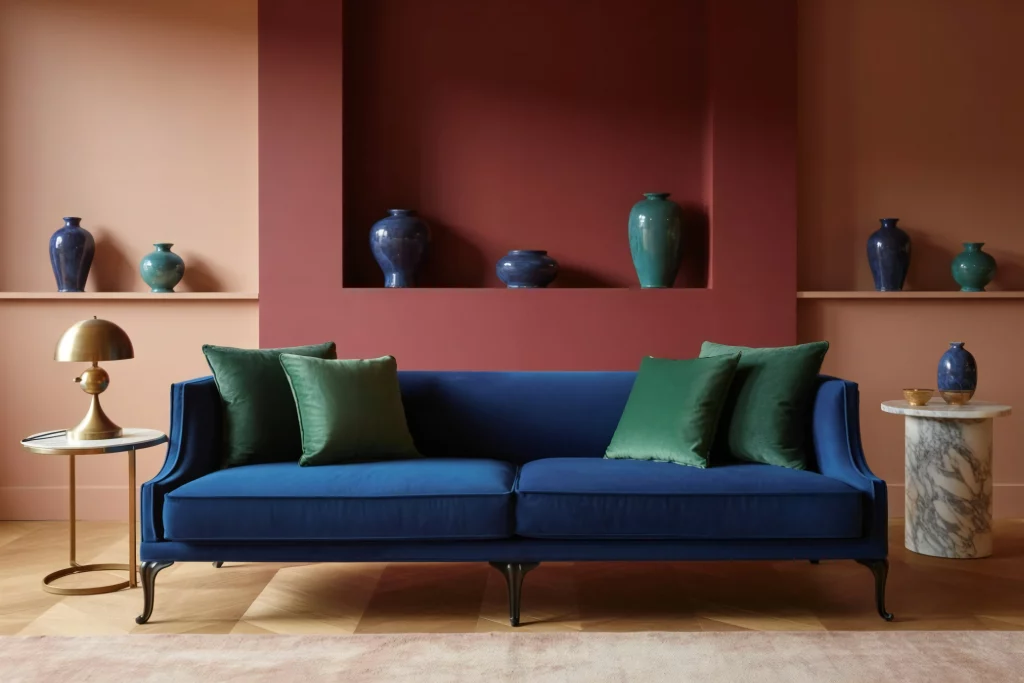
Sapphire blue, emerald green, and deep burgundy provide depth, glamour, and richness of emotion. They are most effective in accents, such as on velvet sofas, or feature walls, or decorative ceramics, and they capture the richness of the city.
Minimalist Neutrals
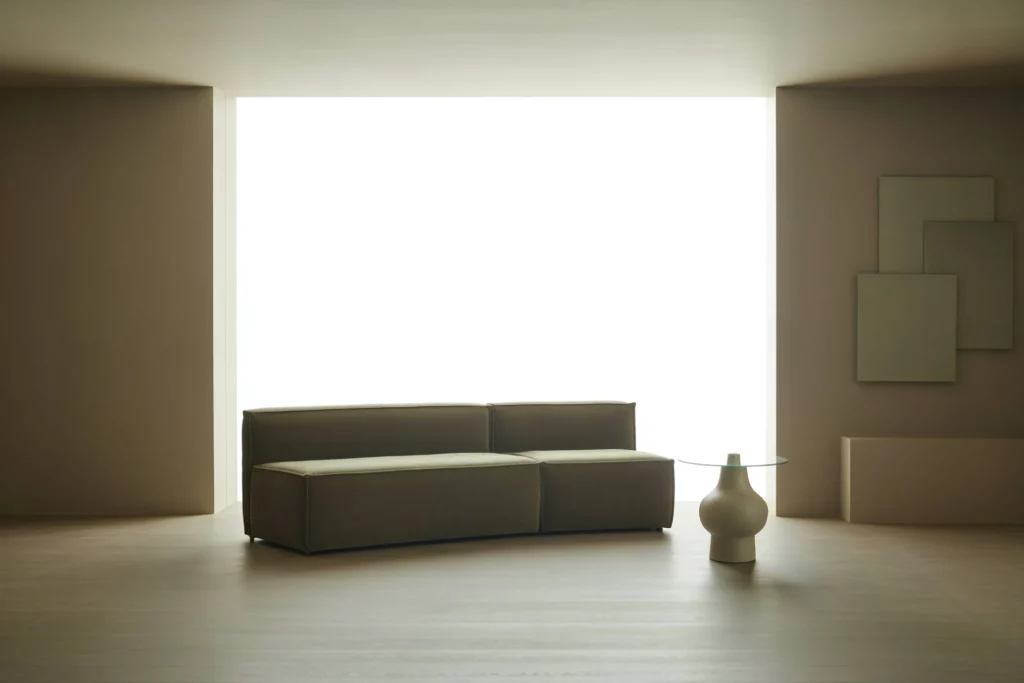
To the individuals who love modern elegance, taupe, dove gray, and alabaster white layers provide a blank canvas to highlight the architecture or custom art. Such tones are perfectly suited to the sun-kissed daylight and the gold of the evenings in Dubai.
The versatility of the Dubai color theory interior allows the residents to customise these schemes and remain loyal to regional stories and cultural values.
Room-by-Room Color Strategies for Dubai Homes
The purpose of each room is different, and so should its color. The following is the way to use the color psychology Dubai homes in different places:
Living Room
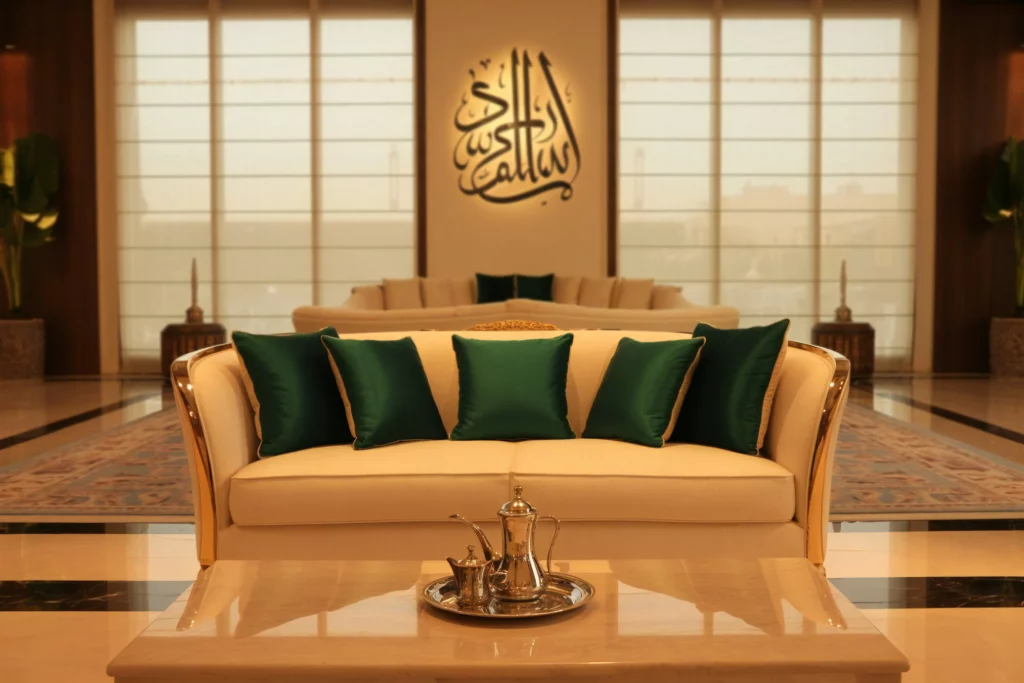
As a guest-receiving room, the living room in the Emirati households reflects the elements of hospitality and warmth. Combining warm neutrals, such as sand or almond, with gold or bronze, or deep emerald accents makes the space feel welcoming and luxurious at the same time.
Bedroom
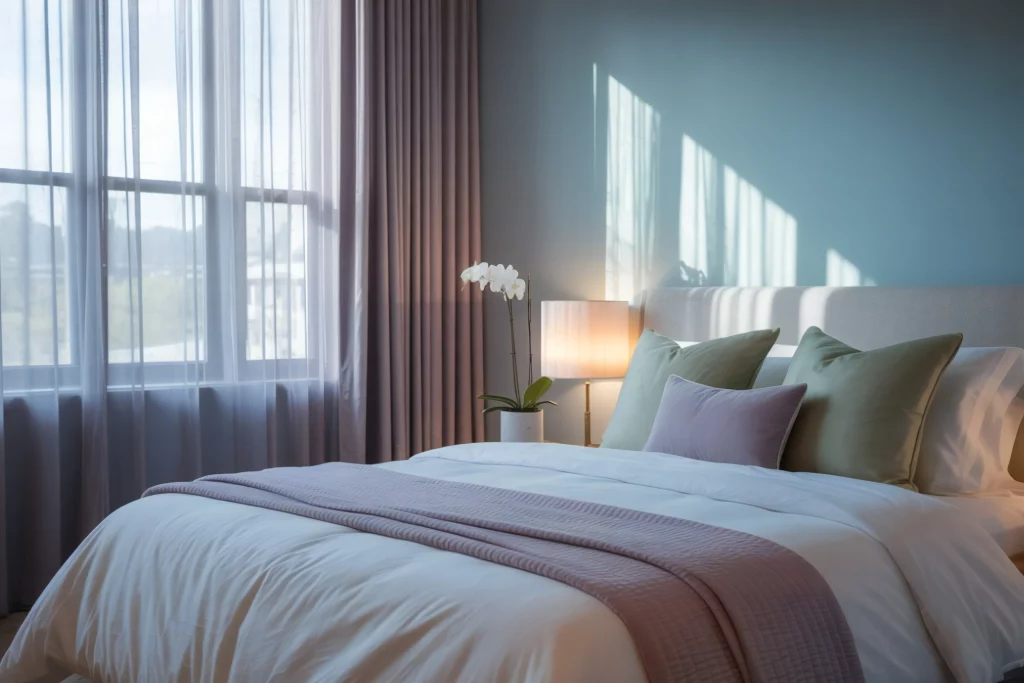
A quiet-type resort. There are relaxing colors like powder blue, sage green, or soft lilac. Think of the textured walls or subdued pastel headboards that combine the elements of serenity and elegance.
Kitchen
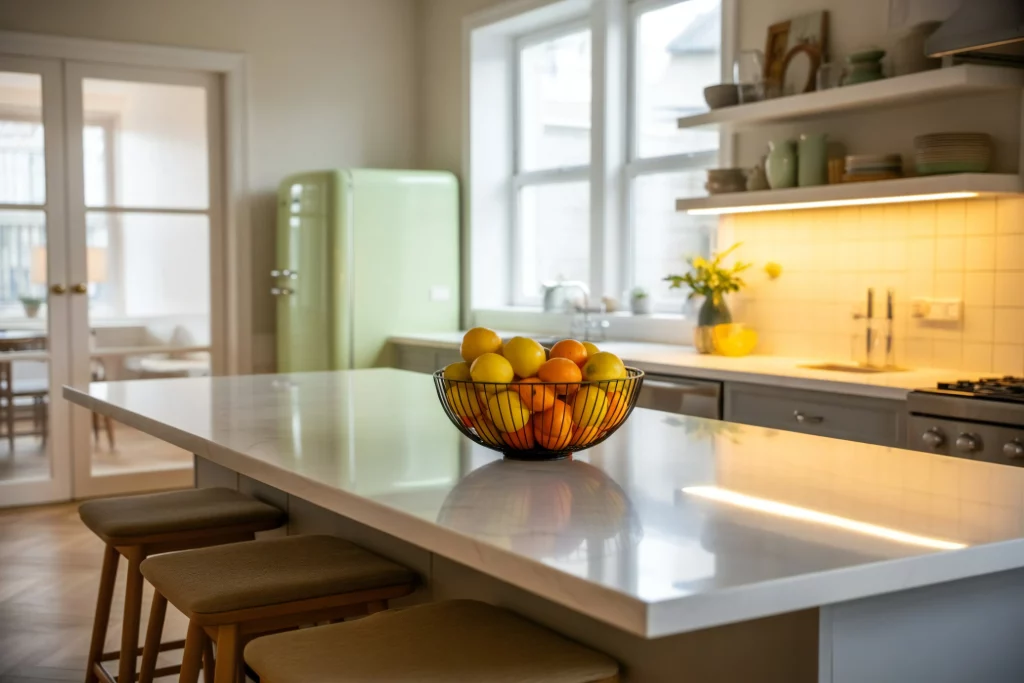
Kitchens in Dubai, both old and new, have the advantage of stimulating and fresh palettes. The bright whites, yellow sunshine, or mint green will inspire the cooking and dining ceremonies, and keep things clean and open.
Bathroom
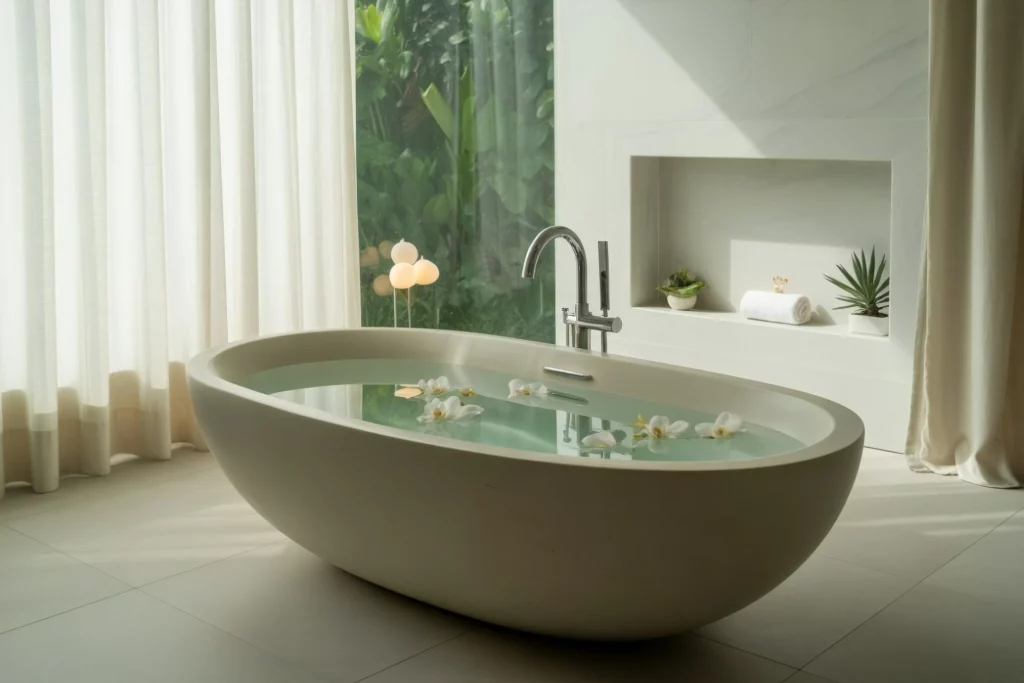
The contemporary Dubai bathrooms tend to resemble spa-like environments. Choose light blue, white, or light green with natural stone or wood surfaces to produce the calming effect and indicate the purifying, soothing intent of the place.
Hallways and Corridors
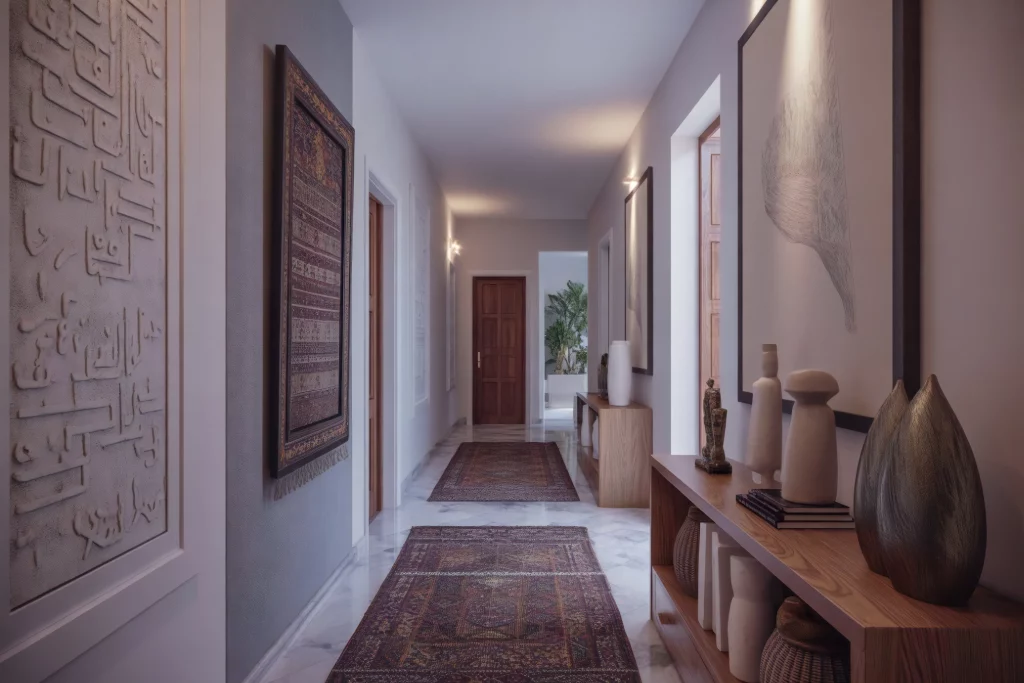
These are the transition zones that are usually ignored but are ideal for layering on cultural accents. Select plain backgrounds and use textured paints, tribal carpets, or art of Arabic calligraphy in deep colors such as burgundy or navy.
Balancing Tradition & Modernity in Dubai Interiors
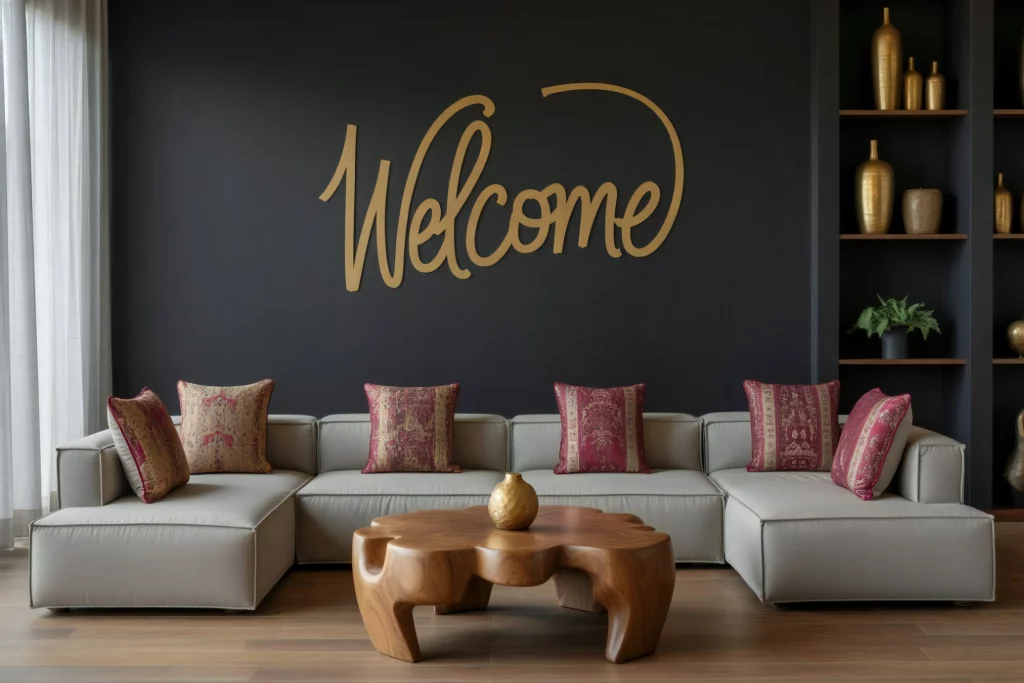
Dubai is a city in which the cultural heritage is not only saved but also enhanced. It is the consideration and balance that usually characterize homes that adopt Emirati culture interior colors with a touch of modernity.
Ways to Blend Both Worlds:
- Traditional Textiles & Modern Layouts: One can mix modern floor plans with cushions or rugs in Sadu, or geometric designs, creating a connection between shape and folklore.
- Organic Materials and Sleek Furniture: You can combine carved wood, palm fronds, or stone with minimalist sofas or modular shelves.
- Calligraphic Art and Metallics: A contrasting wall is to hang Arabic poetry in gold calligraphy on matte black walls.
The point is not to decide between tradition and innovation but to combine them in a seamless story with the help of design.
Expert Tips for Choosing the Right Colors
Consider Lighting Conditions
The natural light in Dubai is very strong, and it changes drastically with time. Color swatches should be tested in the morning, at noon, and at dusk before finalization. What looks cream in a showroom may read yellow in the middle of the day in a sunlit living room.
Use the 60-30-10 Rule
You should cut your room down to:
- Dominant color (warm beige or soft white walls) 60%
- 30% secondary (e.g., sage green furniture or drapery)
- 10% accent (e.g., in art and accessories, gold, burgundy, or navy)
This formula is adequate to maintain a harmony of the visual and allow room for personality and creativity.
Match Function with Emotion
Before choosing colors, ask: What do I want to feel here?
If it’s a social room, go warm and rich. If it’s a personal retreat—go cool and soft. The space will then support your mood and purpose naturally.
Be Culturally Mindful
Some colors have powerful meanings in Islamic and local cultures. As an example, do not use bold red too much in the sacred or quiet areas. Stick to gold, green, and blue, which have more weight in local culture.
Texture Is Color, Too
Do not only use paints. Use fabrics with texture, woven baskets, wood carvings, and patterned tiles. They boost the color story by reflecting the light and creating visual interest, which is crucial to the Dubai color theory interior.
Local Inspiration from Dubai-Based Designers
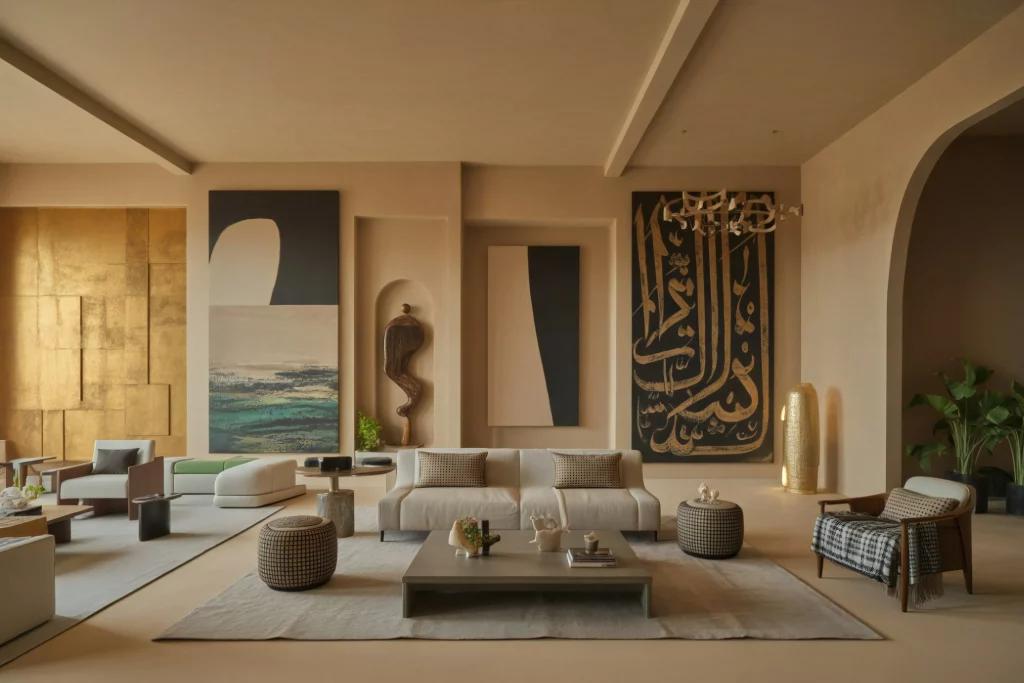
The Reliable Interior Design reflects the essence of Dubai’s rich culture through smart color psychology and purposeful palettes:
- UAE-Inspired Color Schemes: Uses earthy tones, pearl whites, and ocean blues to echo Dubai’s landscape and heritage.
- Culturally Grounded Aesthetics: Blends modern sophistication with traditional Emirati elements for a rooted yet global feel.
- Emotion-Driven Design: Every color is chosen to influence mood—calm, energize, or uplift—based on client needs.
- Meaningful Use of Color Psychology: Designs homes that don’t just look good but feel emotionally connected and intentional.
The Reliable Interior Design proves how regional influence and thoughtful color planning can transform interiors into personal sanctuaries.
Conclusion
Color in Dubai interiors is more than just visual – it is emotional, cultural, and deeply personal. When combined with Emirati culture interior colors, and shaped by the UAE cultural color schemes, the palette of the home becomes a display of identity, memory, and belonging.
Whether you are inclined towards the desert golds, the calming Gulf blues, or the modern neutral minimalism, choosing your color decisions in accordance with Dubai color theory interior will add depth and meaning to your space.
Are you all set to turn your house into a masterpiece that tells your story?Partner with The Reliable Interior Design and start with a color scheme that resembles Dubai itself, where the past and the future blend into one another in the most harmonious way.

